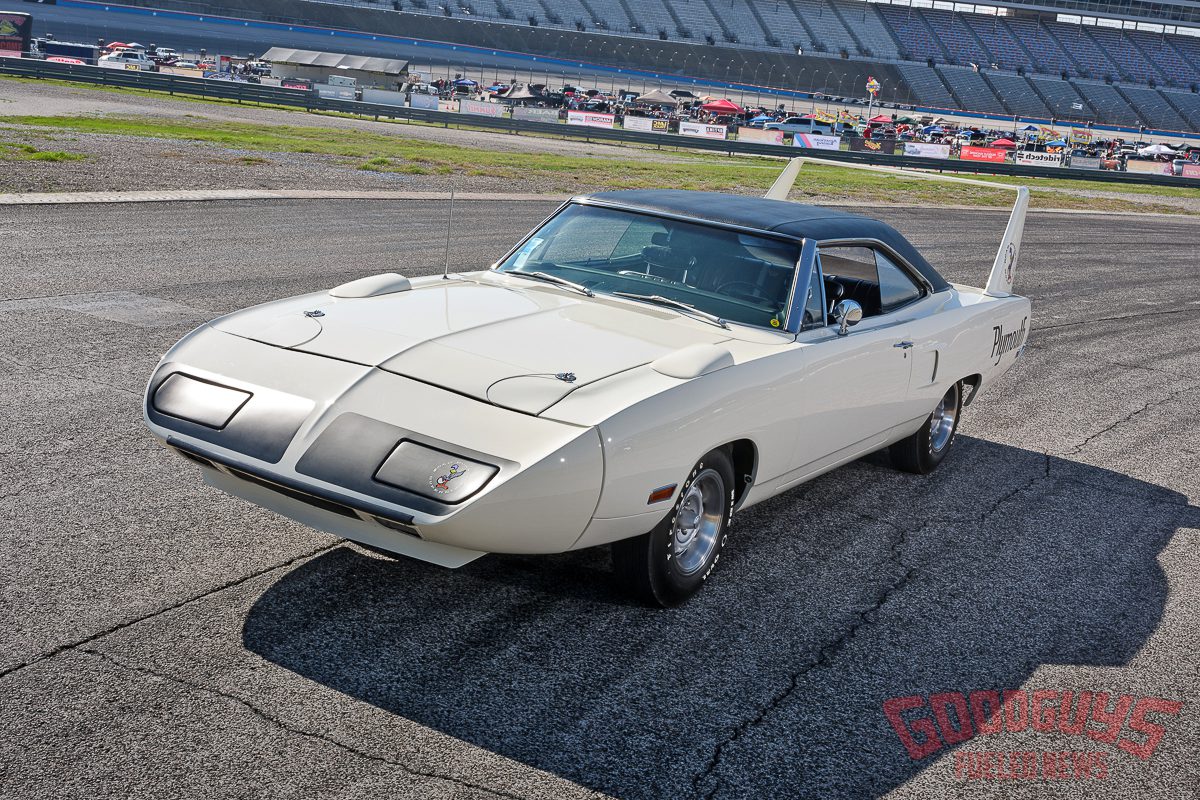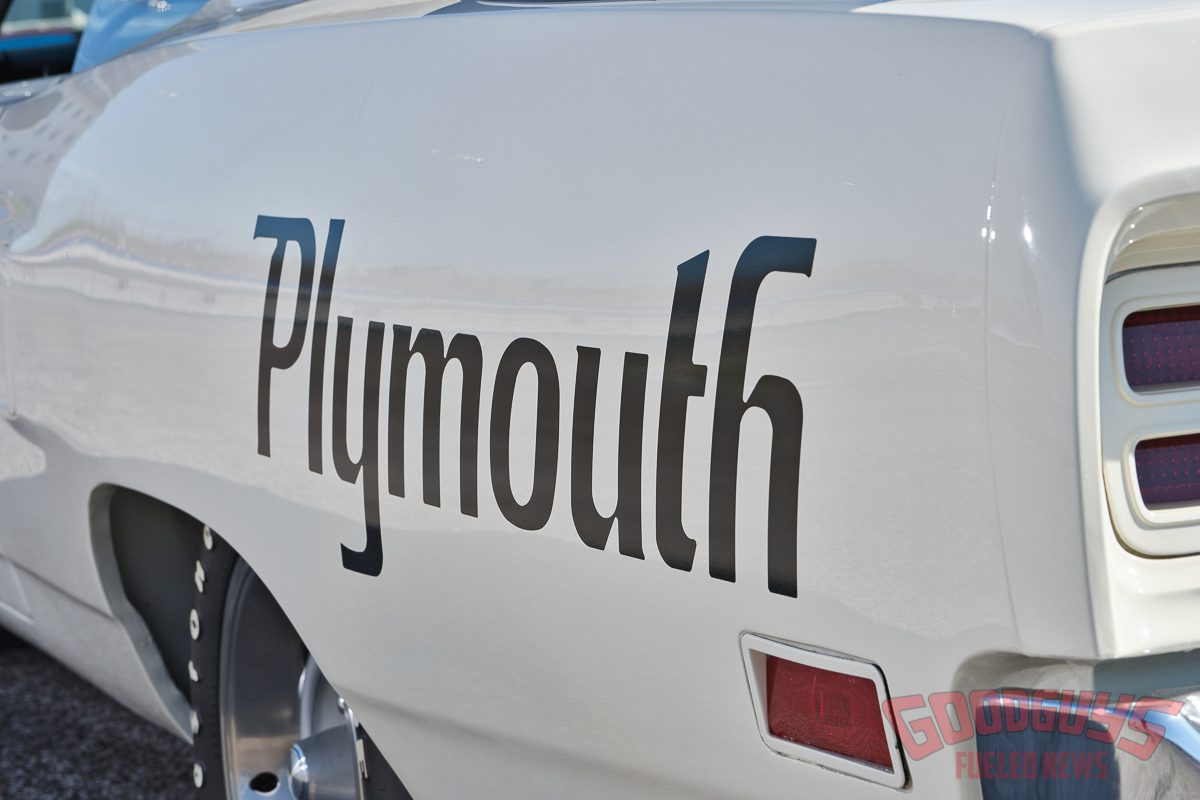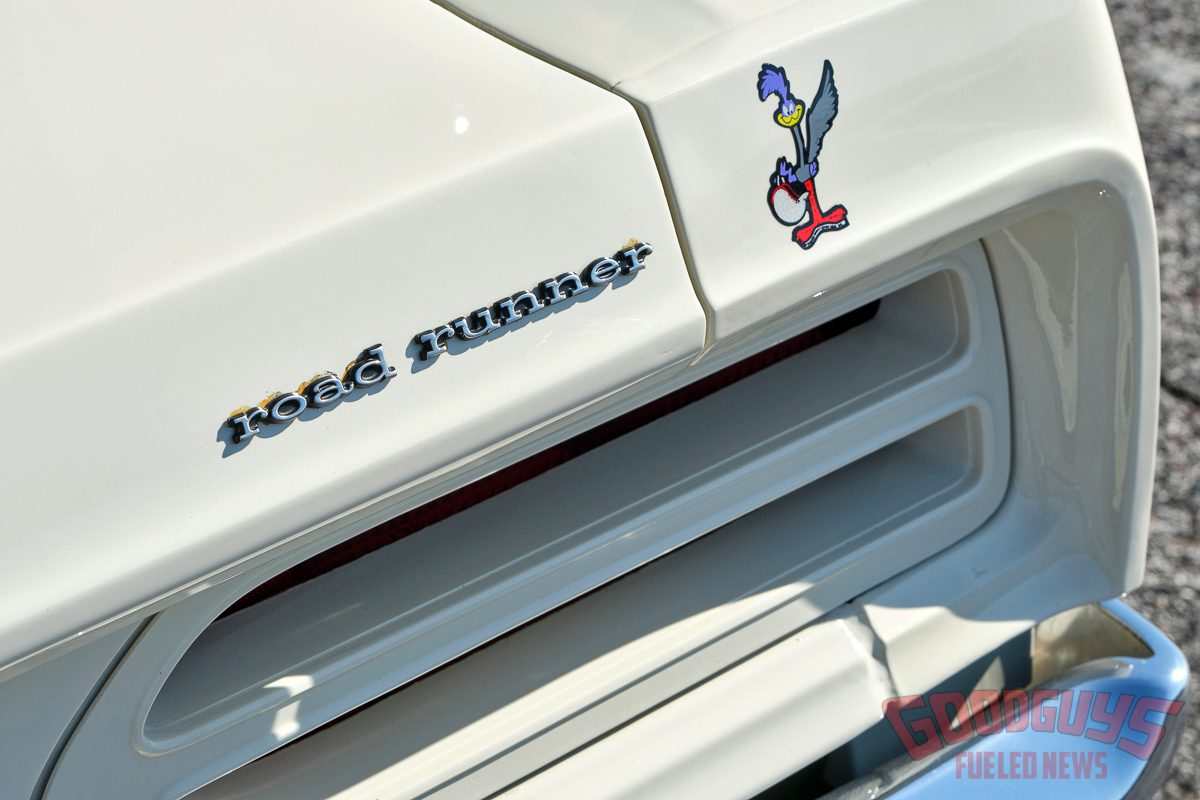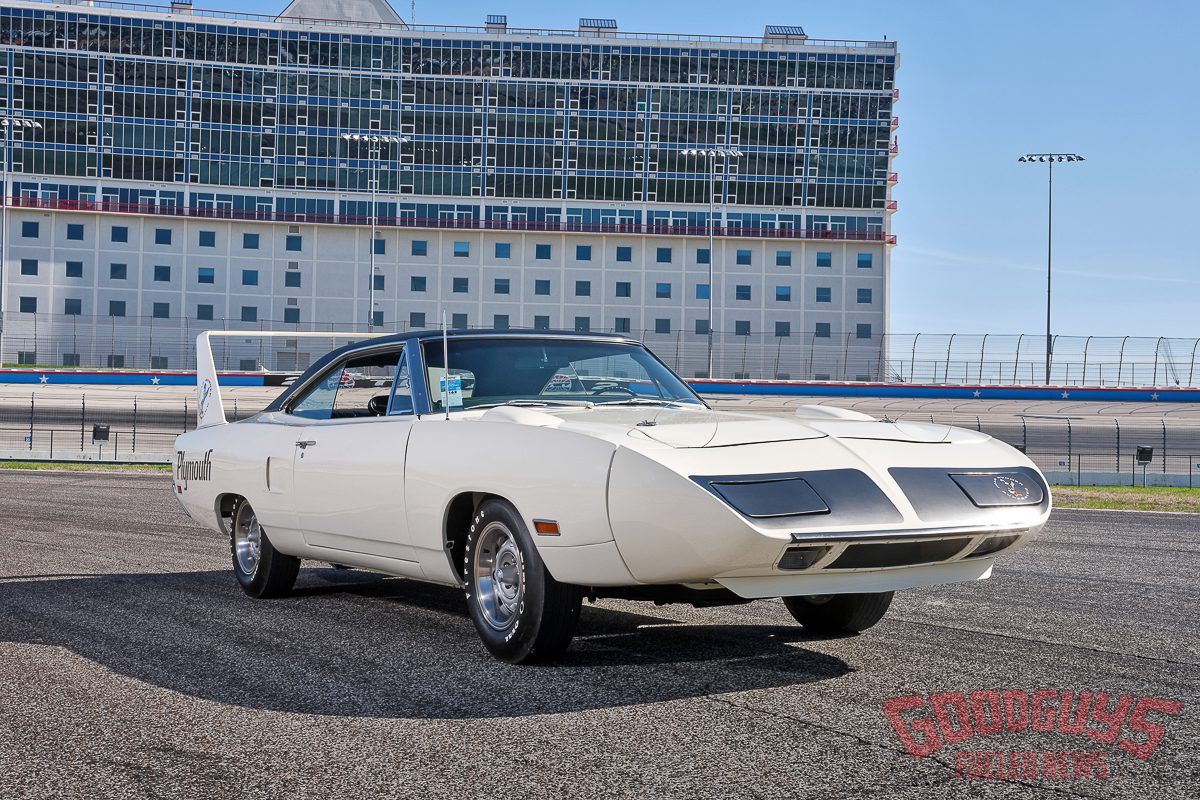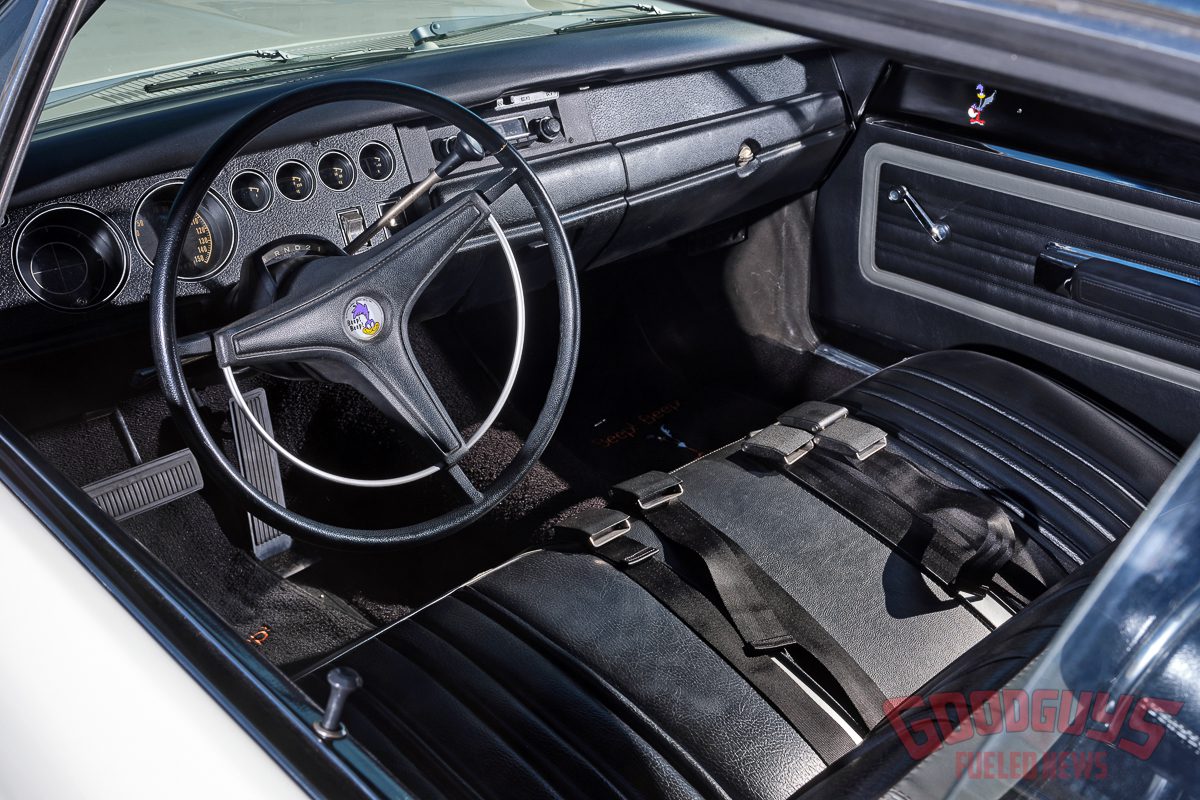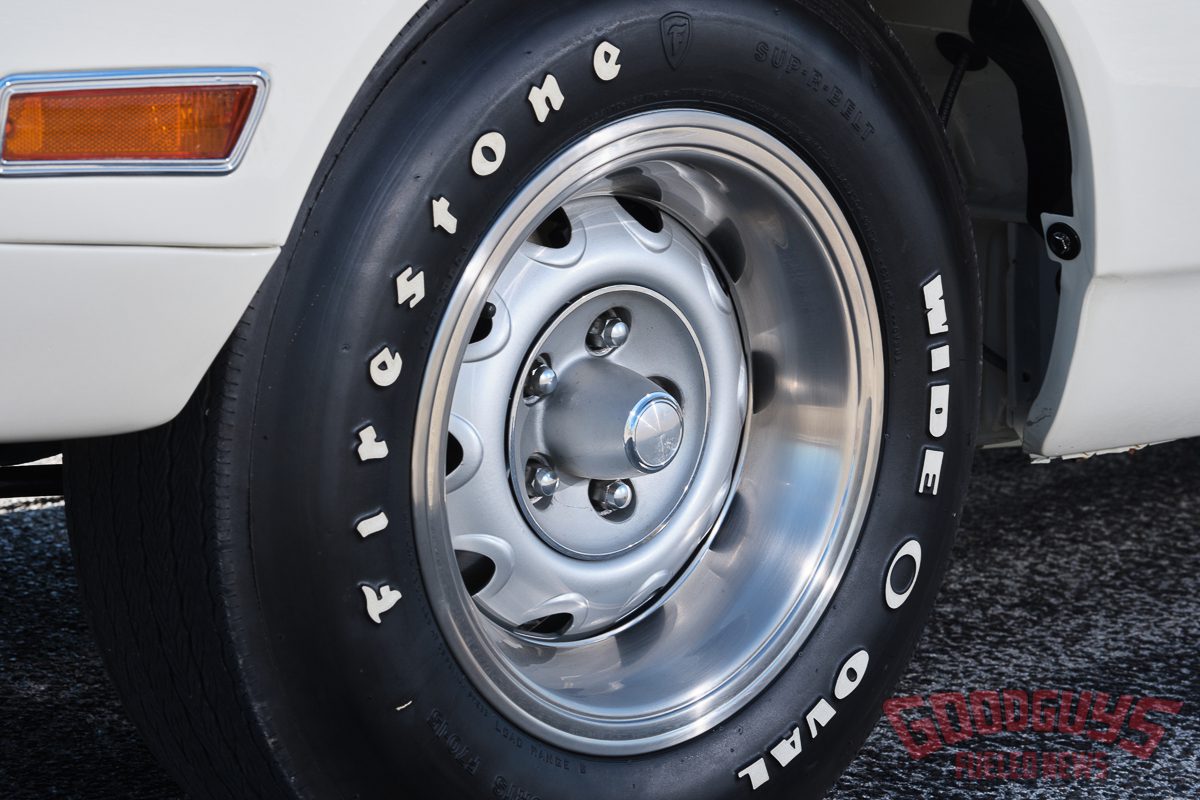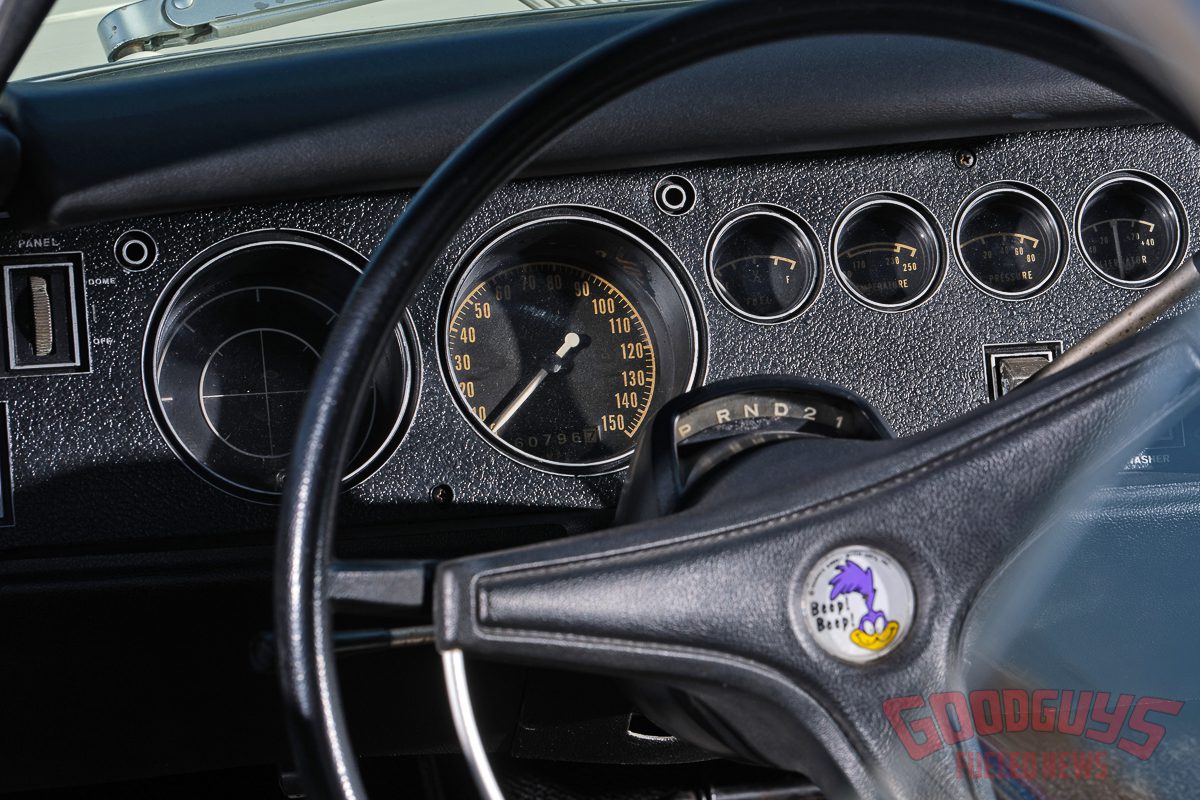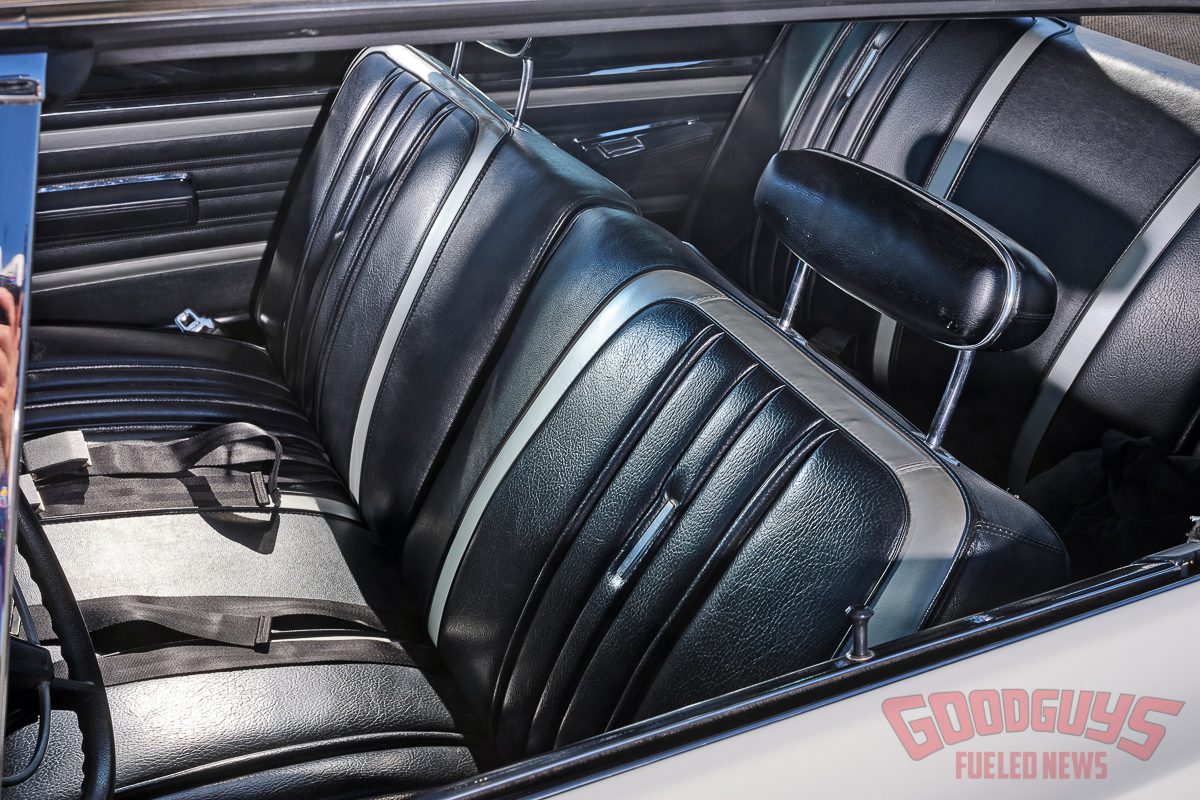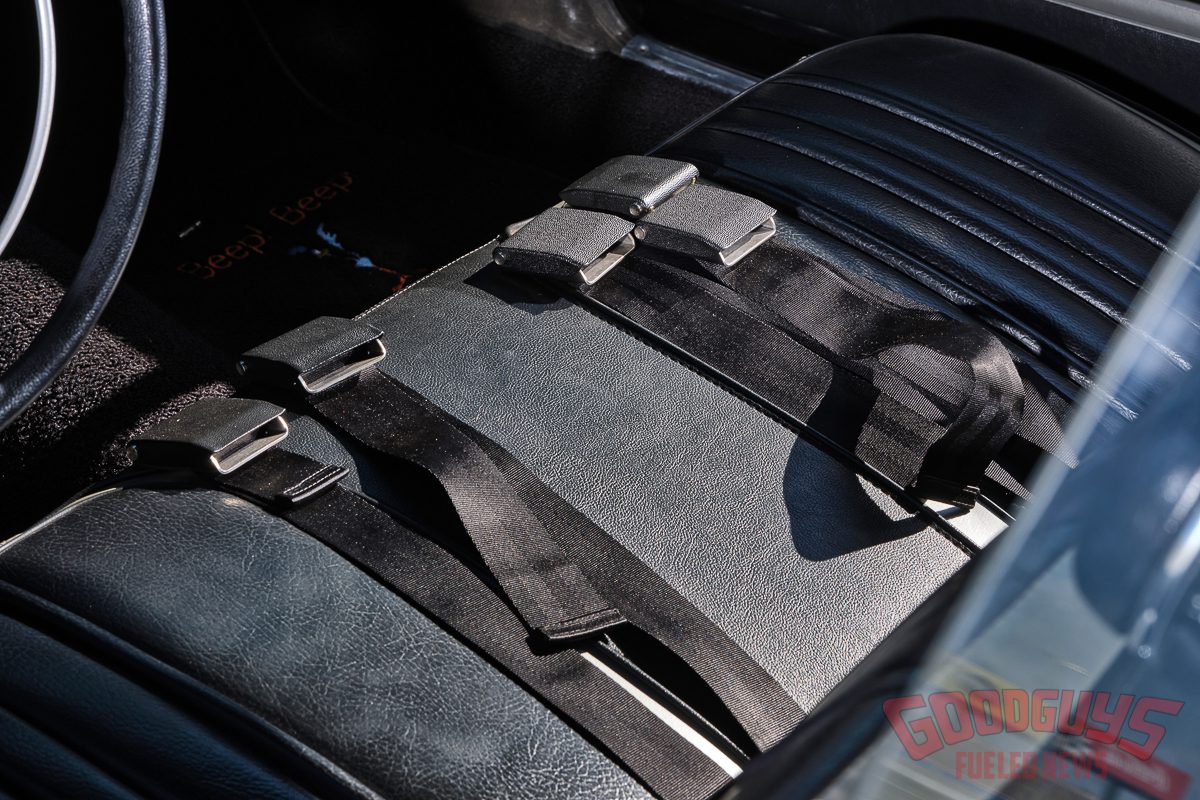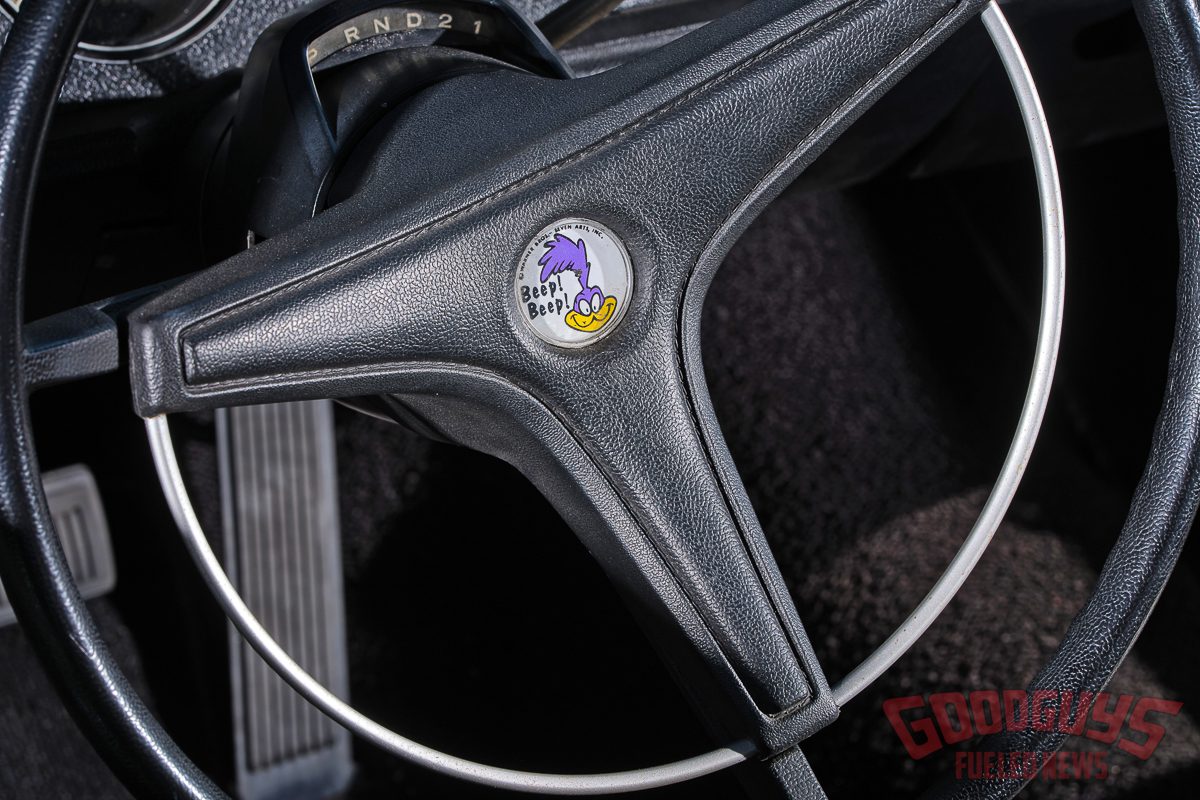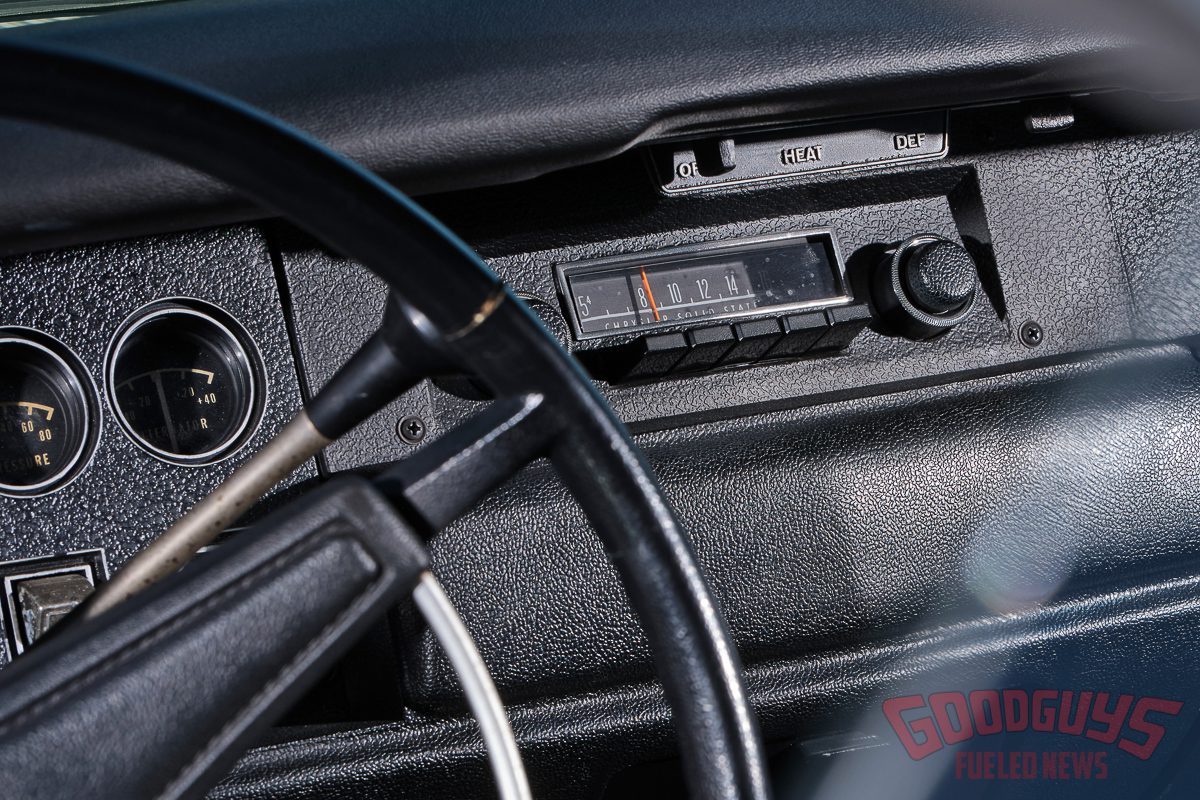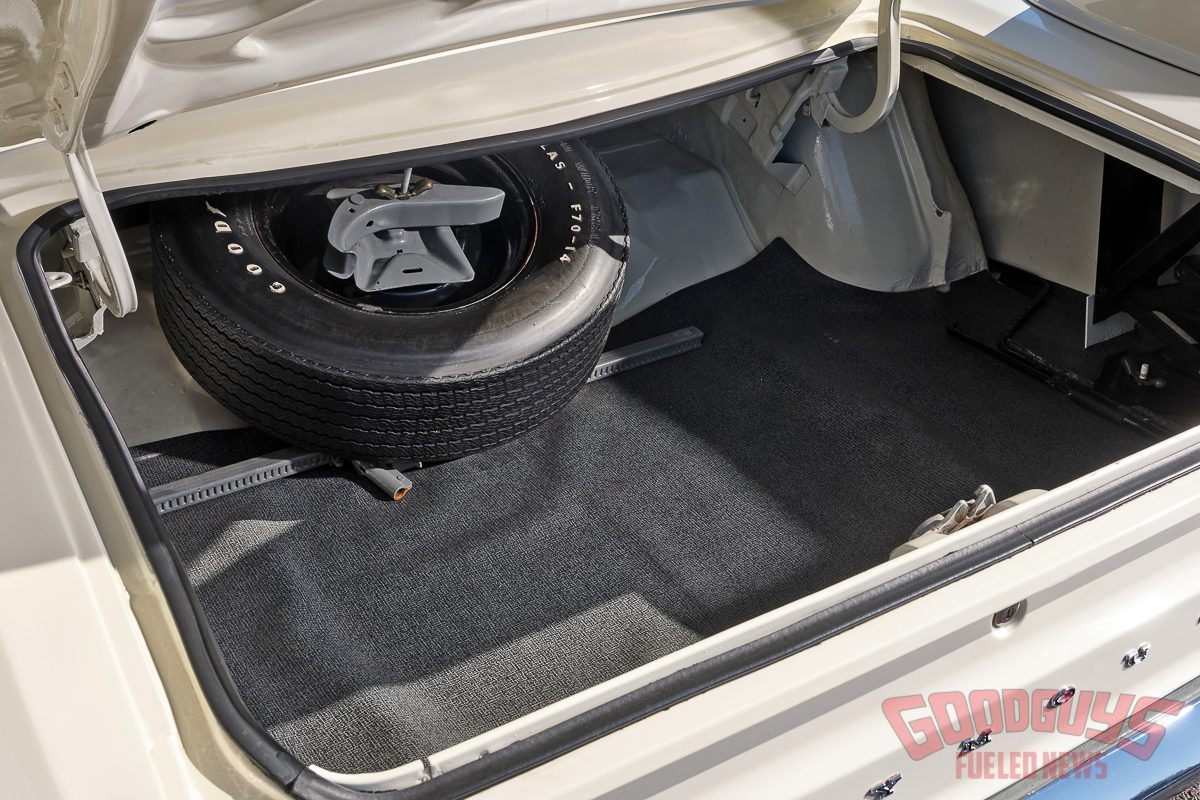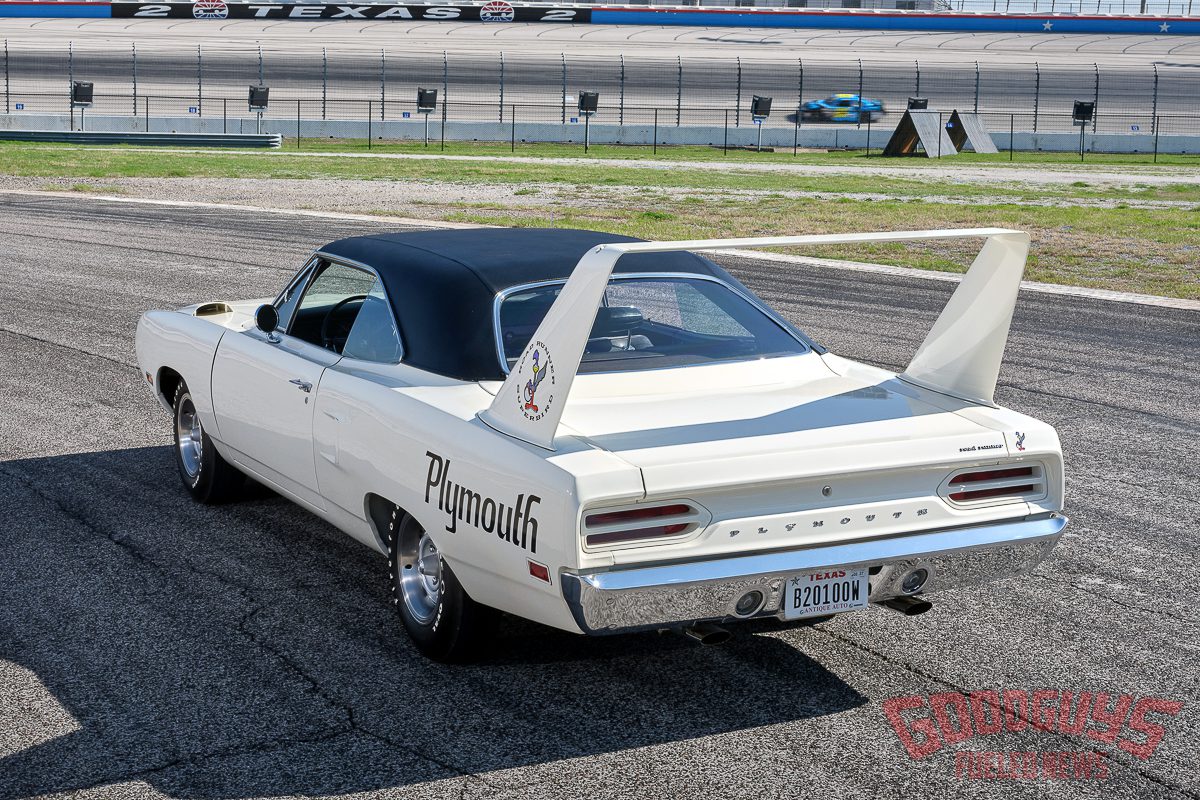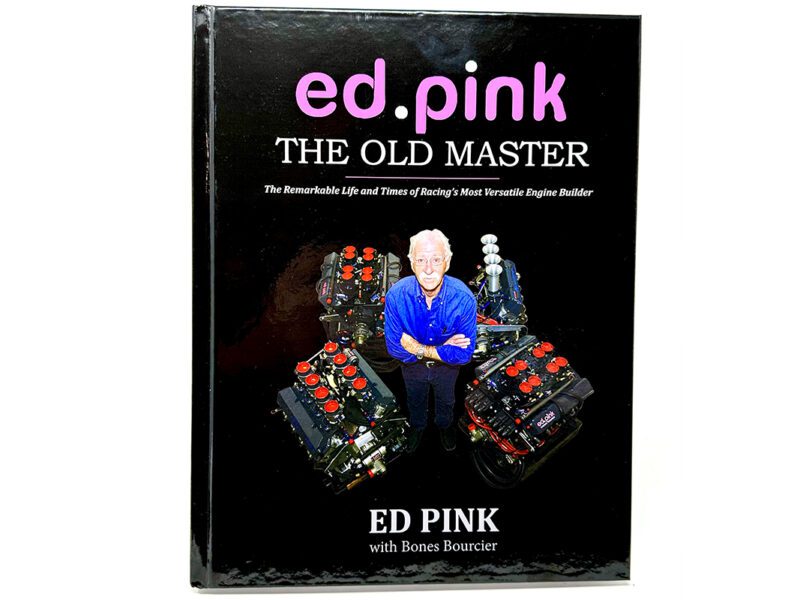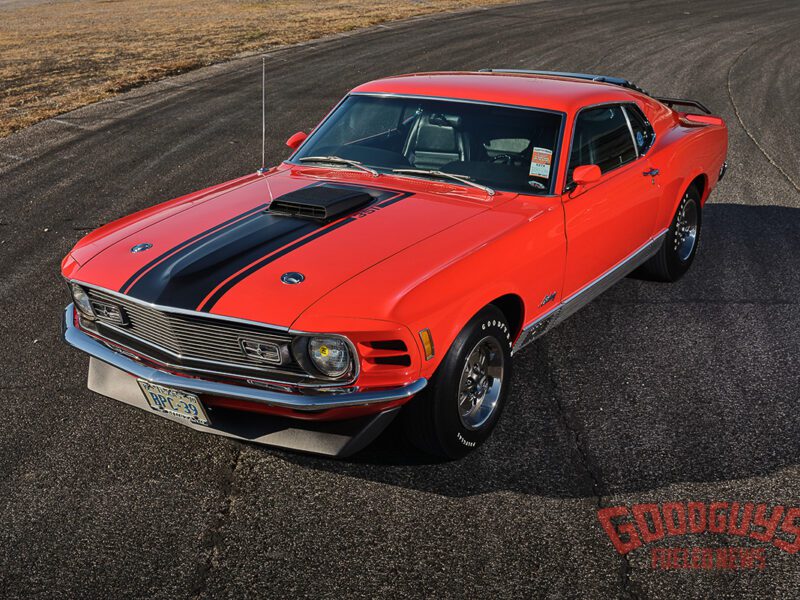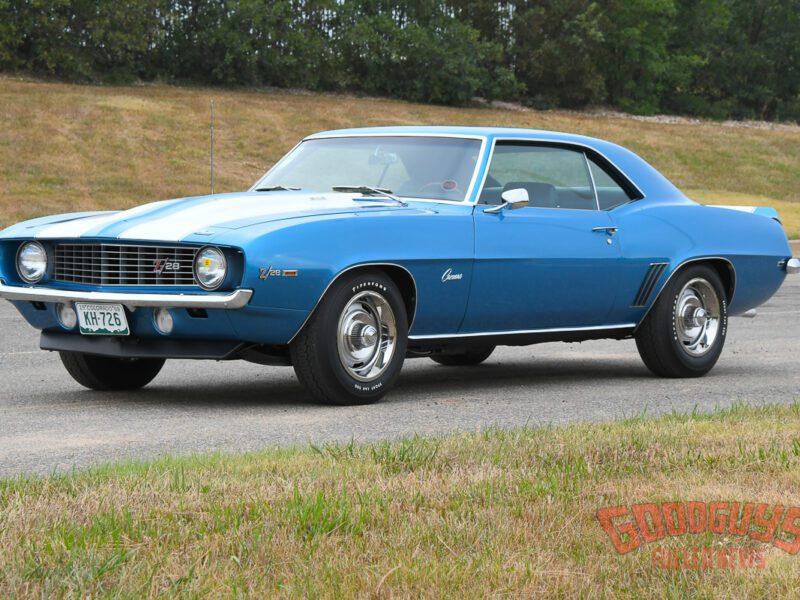Bird Watcher – Johnny Stricklin Keeps a Close Eye on this 1970 Plymouth Superbird
Vintage muscle cars offer owners a world of options to add personal touches to enhance the looks or performance. But those lucky enough to possess a rare original muscle car are more likely to consider themselves the caretaker of an iconic ride.
Johnny Stricklin is the most recent caretaker of this 1970 Plymouth Superbird, one of 618 examples produced with the 375-horsepower 440c.i. V8 and an automatic transmission. Fewer than 2,000 Superbirds were produced in 1970, about half with the 440 four-barrel powerplant. Fewer than 150 were manufactured with rare 426c.i. Hemi V8, and the balance had 440 Six-Barrel power.
The basic history of the Superbirds (and the sister Dodge Daytonas) is generally well known, but beyond their dominance on the NASCAR tracks in 1970 (33 of 48 events were won that year by the Mopar winged warriors) how the Superbird was born has some interesting twists. The previous year the Ford Torinos were so dominant that Richard Petty left Plymouth for Ford. In response, Plymouth took the basic Road Runner, which was a stripped-down high-performance model, and went to work in hopes of luring Petty back to the Plymouth team.
The Superbird was one of the first cars that relied heavily on wind tunnel testing to arrive at the long-nose, big back wing design. The nose added about 18 inches of length to the car, and the high wing helped stabilize the car at the 200mph speeds that were reachable on the superspeedways.
Johnny’s car sports a vinyl roof, which was standard on all the Superbirds produced in 1970. Because the Road Runners were sparsely optioned, the bench seat and column shifter were standard.
Under the hood, the 375-horsepower 440 was topped by a Carter four-barrel carburetor that helped produce 480 lb-ft of torque. A 390-horsepower 440 Six-Barrel was available as an upgrade. The Torqueflite automatic is connected to a rearend housing 3.55 gears. Power-assisted front drum brakes are paired with drums in the rear. Firestone Wide Oval tires are mounted on factory Rallye 15×7-inch wheels.
The Alpine white car’s interior is all stock, including the black vinyl upholstery with silver accents. Stock gauges include a 150-mph speedometer. As an homage to the Superbird’s Road Runner roots, the steering wheel features a Beep-Beep decal with the famous cartoon character’s face.
While Johnny’s status as a Superbird caretaker is new (he just bought the car at a Mecum auction last year), he’s looking forward to enjoying this winged 1970 Plymouth Superbird as much as possible, showing it off at car shows so other muscle car enthusiasts can enjoy and appreciate it, too.
Photos by John Jackson

